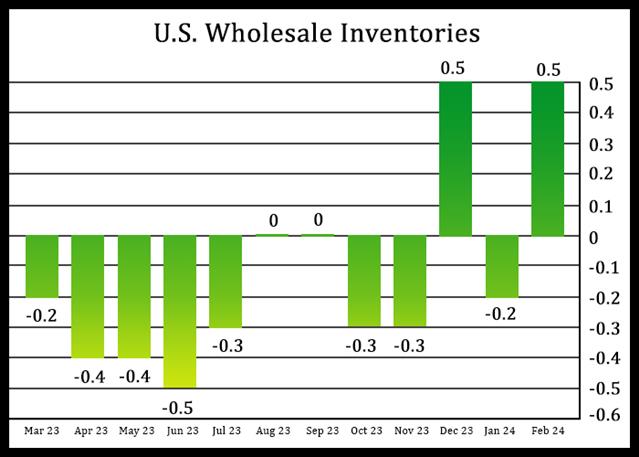
A global survey by the World Health Organization’s cancer agency shows lung cancer was the most commonly occurring cancer worldwide with 2.5 million new cases accounting for 12.4 percent of the total new cases in 2022.
Female breast cancer ranked second (2.3 million cases, 11.6 percent), followed by colorectal cancer (1.9 million cases, 9.6 percent), prostate cancer (1.5 million cases, 7.3 percent), and stomach cancer (970000 cases, 4.9 percent).
The new estimates available on the International Agency for Research on Cancer’s Global Cancer Observatory show that 10 types of cancer collectively comprised around two-thirds of new cases and deaths globally in 2022. Data covers 185 countries and 36 cancers.
Lung cancer’s re-emergence as the most common cancer is likely related to persistent tobacco use in Asia, according to the latest estimates of the global burden of cancer, released by IARC.
For women, the most commonly diagnosed cancer and leading cause of cancer death was breast cancer, whereas it was lung cancer for men. Breast cancer was the most common cancer in women in the vast majority of countries.
Ahead of World Cancer Day, WHO also published survey results from 115 countries, which shows that a majority of countries do not adequately finance priority cancer and palliative care services, as part of universal health coverage.
The IARC estimates, based on data available in countries in 2022, highlight the growing burden of cancer, the disproportionate impact on underserved populations, and the urgent need to address cancer inequities worldwide.
In 2022, there were an estimated 20 million new cancer cases and 9.7 million deaths due to malignancy. The estimated number of people who were alive within 5 years following a cancer diagnosis was 53.5 million. About 1 in 5 people develop cancer in their lifetime, while approximately 1 in 9 men and 1 in 12 women die from the disease.
More than 35 million new cancer cases are predicted in 2050, a 77 percent increase from the estimated 20 million cases in 2022. The rapidly growing global cancer burden reflects both population ageing and growth, as well as changes to people’s exposure to risk factors, several of which are associated with socioeconomic development. Tobacco, alcohol and obesity are key factors behind the increasing incidence of cancer, with air pollution still a key driver of environmental risk factors.
Copyright © 2024, RTTNews.com, Inc. All Rights Reserved.
















